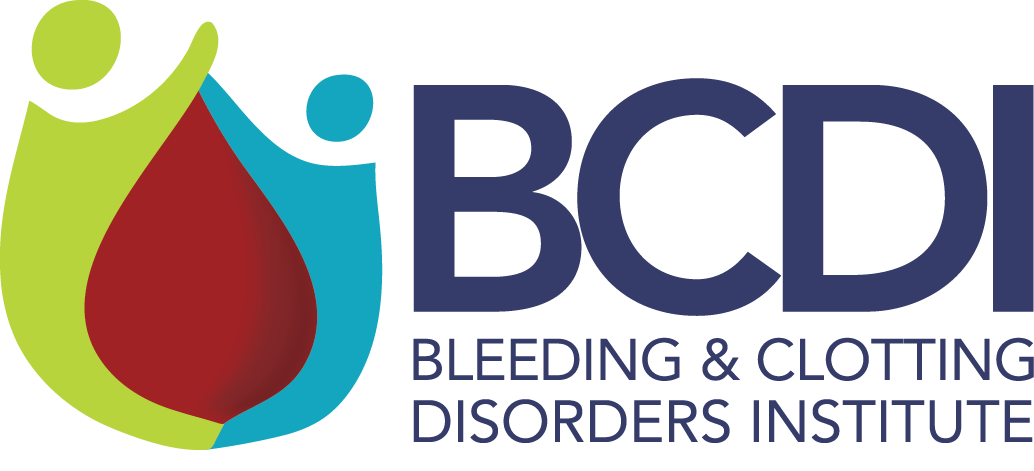As we enter open enrollment season, it’s crucial to understand what to look for when determining which health insurance plan to choose. Selecting a plan involves more than just considering the monthly premium; there’s no one-size-fits-all solution. Here’s what you need to consider as you evaluate your options.
Key Factors to Consider
- Premium
- The premium is the amount you pay for the privilege of accessing your insurance coverage. Keep in mind that premiums do not count toward your deductible or maximum out-of-pocket expenses. Generally, higher premiums correlate with lower deductibles and out-of-pocket maximums, but this isn’t always the case.
- Deductible
- The deductible is the amount you pay before your insurance carrier begins covering claims. There are two types of deductibles to be aware of:
- Embedded Deductible: Each family member has an individual deductible alongside a family deductible. Once the family reaches the family deductible, the plan starts paying claims for all members, even if an individual hasn’t met their own deductible.
- Aggregate Deductible: In this case, there is one deductible for the entire family. No member’s claims will be paid until the family deductible is met, but one person can satisfy the entire family deductible.
- The deductible is the amount you pay before your insurance carrier begins covering claims. There are two types of deductibles to be aware of:
- Maximum Out-of-Pocket
- This is the maximum amount you will pay out of pocket for covered healthcare services. Plans typically have separate individual and family maximum out-of-pocket limits. Once you reach this threshold, the health plan will cover all remaining costs.
- Coinsurance and Copay
- After meeting your deductible, you will be responsible for either copays (set amounts) or coinsurance (a percentage of the total claim). Both copays and coinsurance count toward your maximum out-of-pocket limit.
Understanding Pharmacy Programs
As you review plans, it’s also important to be aware of pharmacy programs that can affect your total costs:
- Accumulator Adjuster Programs
- These programs ensure that only the funds you personally pay count toward your deductible and maximum out-of-pocket limits. Under such programs, copay assistance or manufacturer assistance may not count toward your deductible or out-of-pocket maximum.
- Copay Maximizer Program
- Certain drugs may be considered non-essential health benefits, which means they have a separate deductible and are not subject to the Affordable Care Act’s cost-sharing limits. These programs maximize manufacturer assistance dollars while preventing members from having individual cost shares for these drugs. Funds received for non-essential benefits do not contribute to the main deductible or maximum out-of-pocket.
- Alternative Funding Programs
- Some plans may exclude specific drugs or conditions entirely, requiring patients to rely on manufacturer patient assistance programs. Members are typically assigned a broker to assist with applications for these “free drug” programs.
Navigating Complex Insurance Plans
Insurance plan design continues to grow increasingly complex, with plans employing new strategies to manage healthcare spending. If you have questions about the insurance options available to you, don’t hesitate to reach out to our office. We are here to help you navigate these offerings and better understand the coverage available to you.
Conclusion
Choosing the right health insurance plan can significantly impact your financial and physical well-being. By considering premiums, deductibles, maximum out-of-pocket costs, and pharmacy programs, you can make a more informed decision that suits your needs. BCDI offers an “Understanding Your Insurance Workbook” as a part of our patient resources program to provide further information on the complexities of your insurance coverage. Remember, BCDI is here to support you through this process.

